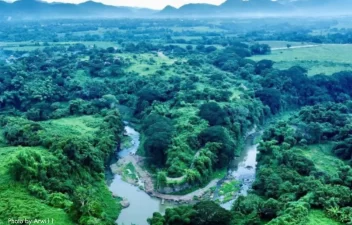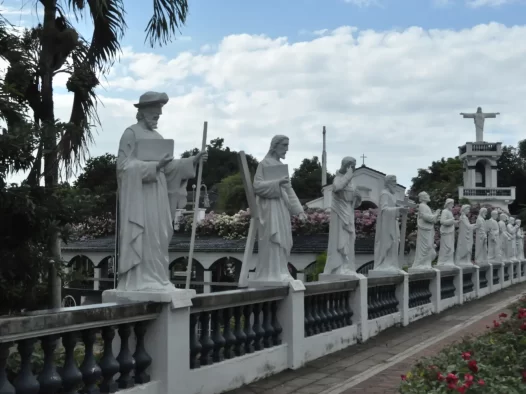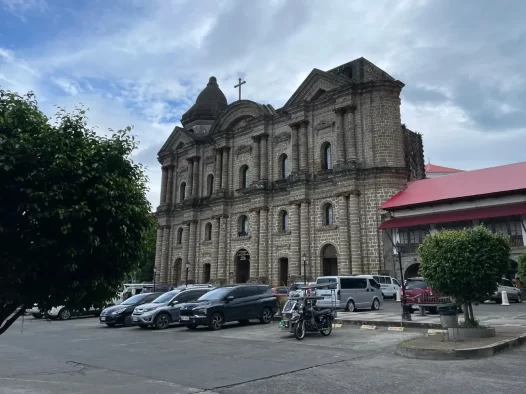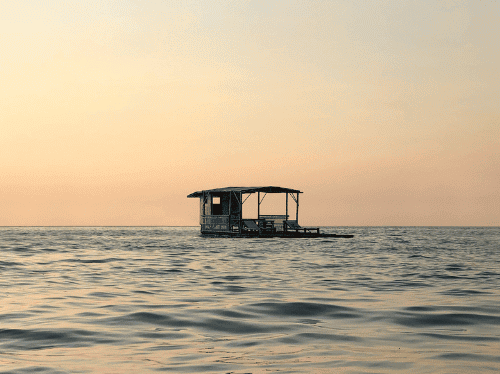Tuy
Tuy, Batangas, welcomes travelers seeking an escape from the ordinary. With its captivating natural beauty, rich history, vibrant festivals, warm hospitality, and easy access to nearby attractions, Tuy promises an unforgettable journey filled with cherished memories. So, pack your bags, venture off the beaten path, and let Tuy’s enchanting charms unfold before your eyes. Discover this hidden paradise and embark on an extraordinary adventure that will leave you longing to return again and again. Tuy, Batangas awaits your arrival with open arms.
History and Heritage
Tuy, Batangas, located in the Philippines, has a rich history that dates back to the Spanish colonial era. Initially part of Balayan, which served as the capital of Batangas Province, Tuy gained independence as a town on August 12, 1866. The town was named in honor of Don Salvador Elio’s hometown, “Tuy,” in Galicia, Spain. Thirteen villages or barrios constituted the newly established town.
Agriculture played a vital role in Tuy’s development, with its fertile lands supporting the cultivation of sugar cane, rice, corn, and vegetables. The processing of sugar cane occurred using a primitive system called Molino. Generosity from individuals like Celodonio Bulaclac facilitated the construction of essential structures such as the plaza, church, and government buildings.
During the revolution against Spanish rule, Tuy witnessed fierce battles and extensive destruction. The town’s colonel of revolutionaries, Kapitan Santiago Rillo, led the resistance against Spanish soldiers, resulting in their defeat. However, the retreating Spanish forces set Tuy ablaze, leading many residents to flee to nearby towns.
With the cession of the Philippines to the United States, Tuy faced challenges during the American regime. The presence of paid soldiers from Macabebe, Pampanga, aimed to maintain law and order. However, their actions often resulted in abuses and brutality towards the local population. Eventually, the influence of the Macabebe soldiers was curtailed due to the efforts of Don Ignacio Leynes.
It was only in 1911 that the municipal government of Tuy was reinstated, with Kapitan Baltazar Afable assuming leadership. The town persevered through various historical events and continued its journey as a vibrant community in Batangas Province.
Climate
The rainy season starts in June and ends in November. When December comes, the people experienced a very cool dawn. The summer season on the month of March to the end of May.
If you prefer a hassle-free trip, you can rent a car or hire a private vehicle for more convenience and flexibility. Public transportation, such as buses and jeepneys, is also available and can be a more budget-friendly option.
Batangas: Where history, beauty, and resilience converge, creating a tapestry of captivating stories and unforgettable moments.
Kambingan Festival
The Kambingan Festival in Tuy, Batangas is a vibrant celebration that pays homage to the town’s rich agricultural heritage and its association with goat farming. Held annually, this festival showcases the significance of goats in the local economy and culture, attracting both residents and visitors alike. The festival features various exciting activities and events centered around goats. One of the highlights is the grand parade, where elaborately decorated floats adorned with goat-themed designs and motifs make their way through the town. Participants, dressed in colorful costumes, dance and perform alongside the floats, creating a lively and festive atmosphere.

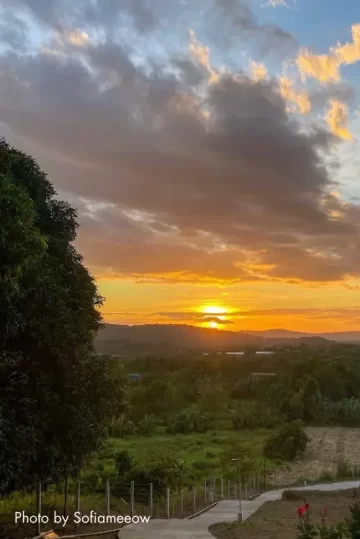

Local Attractions
Batangas in the Philippines offers a range of local attractions that cater to various interests. These are just a few of the attractions you can explore in Batangas. Whether you’re interested in history, nature, or relaxation, the city offers something for everyone.
Getting Around
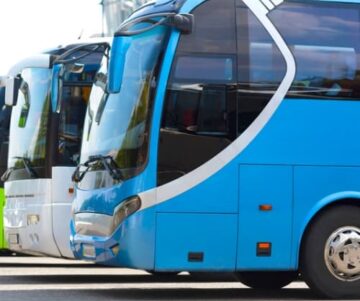
Buses
Buses provide transportation for longer distances, connecting Batangas with other regions and provinces. These buses have designated terminals and offer a more comfortable option for longer journeys.

Jeepneys
Jeepneys are a staple mode of public transportation in the Philippines. They are colorful, elongated jeeps that can carry multiple passengers. Jeepneys follow specific routes and have fixed fares.
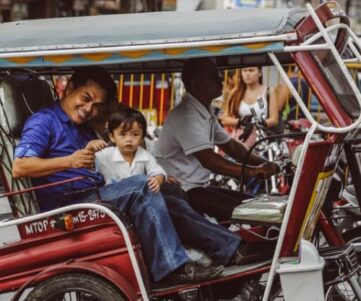
Tricycles
These motorized vehicles consist of a motorcycle with a sidecar, which can accommodate around 3 to 4 passengers. Tricycles are commonly used for short trips within the city, and fares are usually negotiable.
